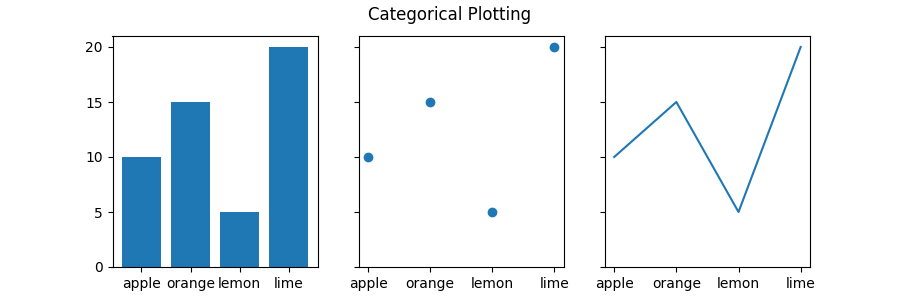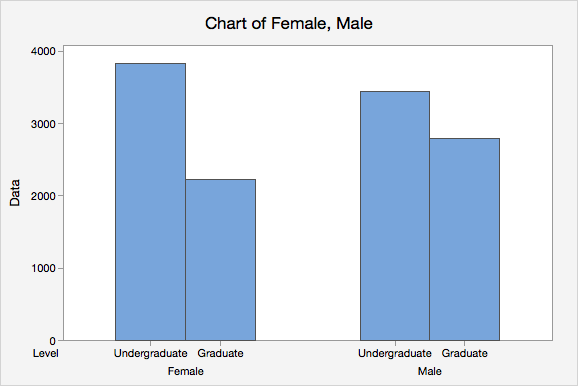

ggplot(data = experiment, mapping = aes(x = date, y = car_count, fill = site)) +Īnother way of avoiding the automatic counting part by using geom_col( ) function. If you have a categorical column where you want ggplot2 to count the repeated (unique) labels and plot it as bar then you should avoid the stat = “identity” part. As we want to plot the bar height same as supplied data thus added an argument stat = “identity”. Here we need to plot bars so I called the geom_bar( ) function. The next part is the geometric feature with which we want to present the data. To plot using ggplot2 I have called the ggplot( ) function and pass the data argument (experiment), then in the aesthetic part supplied the x-axis feature/variable “x = date” and y-axis feature/variable “y = car_count” and also provided the “site” as colour fill argument. In ggplot the plotting comprised of data, aesthetics (data attributes) and geometric (point, line, bar etc.). The ggplot2 package is very simple but powerful. Hence, here we pick up the ggplot2 library for making a bar plot.

To present count data comparison, bar plot would be a best suited graphical representation. So here, you can see the data frame “experiment” based on the observations. To gather more data we made another observation on 14th January. So, we selected two road location site 1 and site 2 and standing in front of the road on January 7th we started counting cars passing through for one hour (9 am to 10 am). Assume, we are researchers and for fun, we want to know how many cars are passing through the arterial road in-front of our house. In this article, we are going to leverage the potential of ggplot2 for making bar plots.īefore starting with ggplot2, we need to have some data first. R statistical programming language has one beautiful library called ggplot2 which is developed based on the concept of the grammar of graphics. Styling bar plot (making it publication-ready).We can display this data in a bar graph: Soccer Football Tennis Volleyball Number of balls Notice how the height of the bar above 'soccer' is units to show that there are soccer balls. teacher has soccer balls, footballs, tennis balls, and volleyballs. The height of the bar represents its numeric value. A bar graph is a nice way to display categorical data. Each label of the category variable is represented as a bar. It shows the relationship between a numeric and a categorical variable. Values, and place the text (optionally colored the same as the bar).A bar plot (or bar chart) is one of the most common types of graphics used in research or presentation. Loop through each bar, figure out the right location based on the bar Near identical to doing it for a non-grouped bar chart. Looks like we need some female engineers :) Adding Bar Labels / Text AnnotationsĪdding text labels / annotations to each bar in a grouped bar chart is set_title ( 'Employed Workers by Gender for Select Jobs', pad = 15 ) fig. set_ylabel ( '# Employed', labelpad = 15 ) ax. grid ( False ) # Add axis and chart labels. tick_params ( bottom = False, left = False ) ax. loc = 'women', 'count' ], width = bar_width, label = 'Women' ) # Fix the x-axes. loc = 'men', 'count' ], width = bar_width, label = 'Men' ) # Same thing, but offset the x. We basically just want a list # of numbers from zero with a value for each # of our jobs.

subplots ( figsize = ( 12, 8 )) # Our x-axis. set_context ( 'talk' ) # Create a grouped bar chart, with job as the x-axis # and gender as the variable we're grouping on so there # are two bars per job. # Use Seaborn's context settings to make fonts larger.


 0 kommentar(er)
0 kommentar(er)
